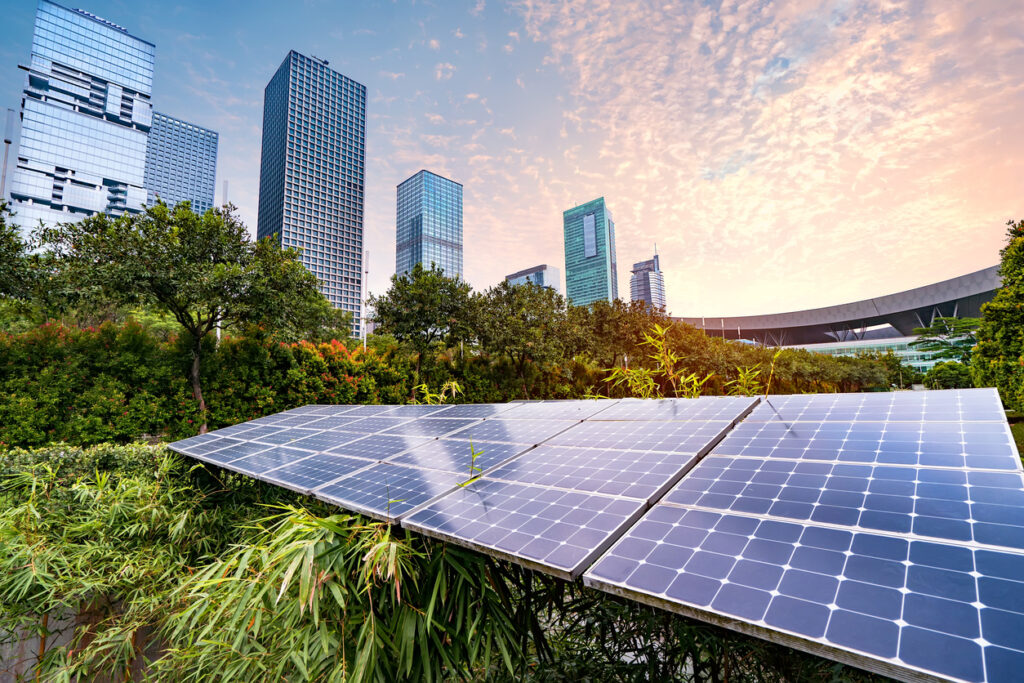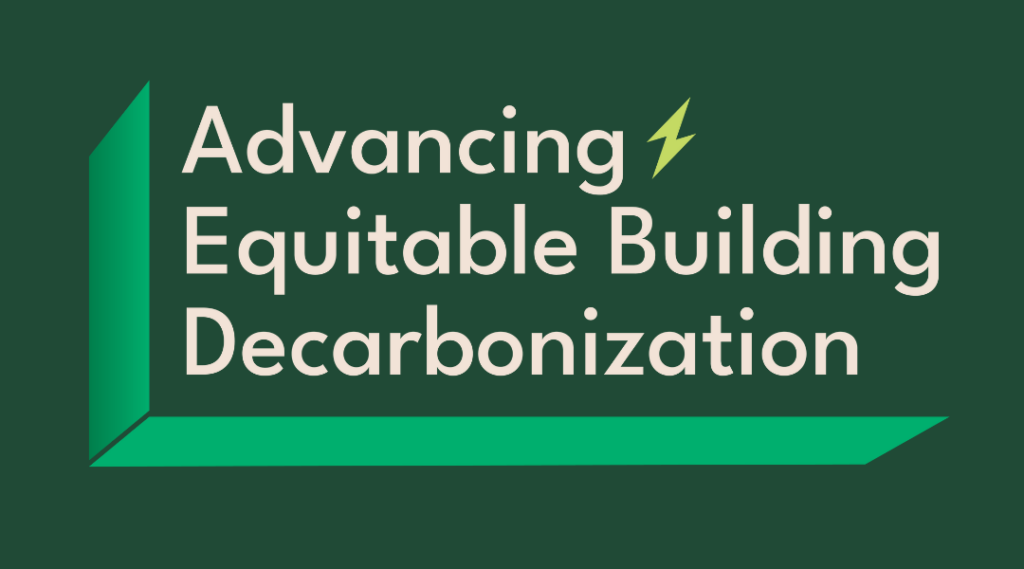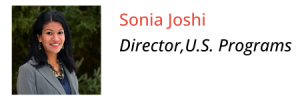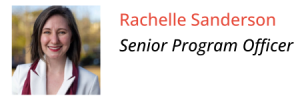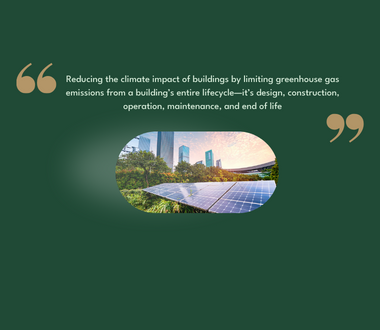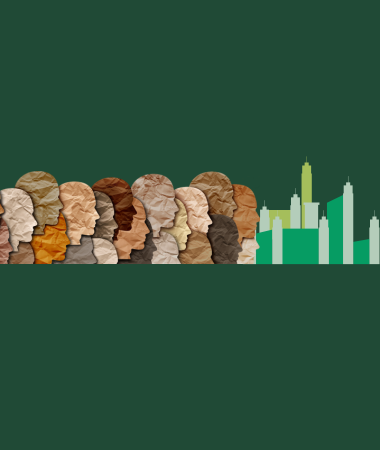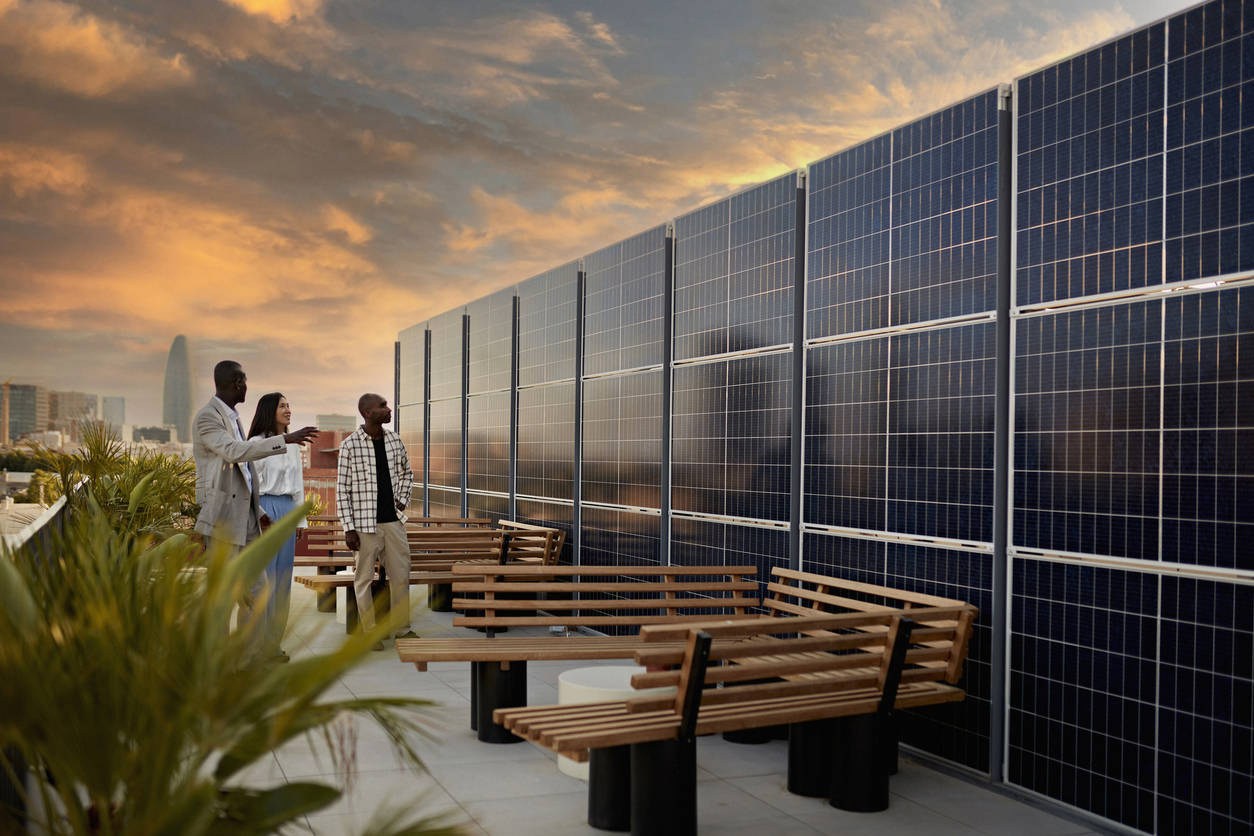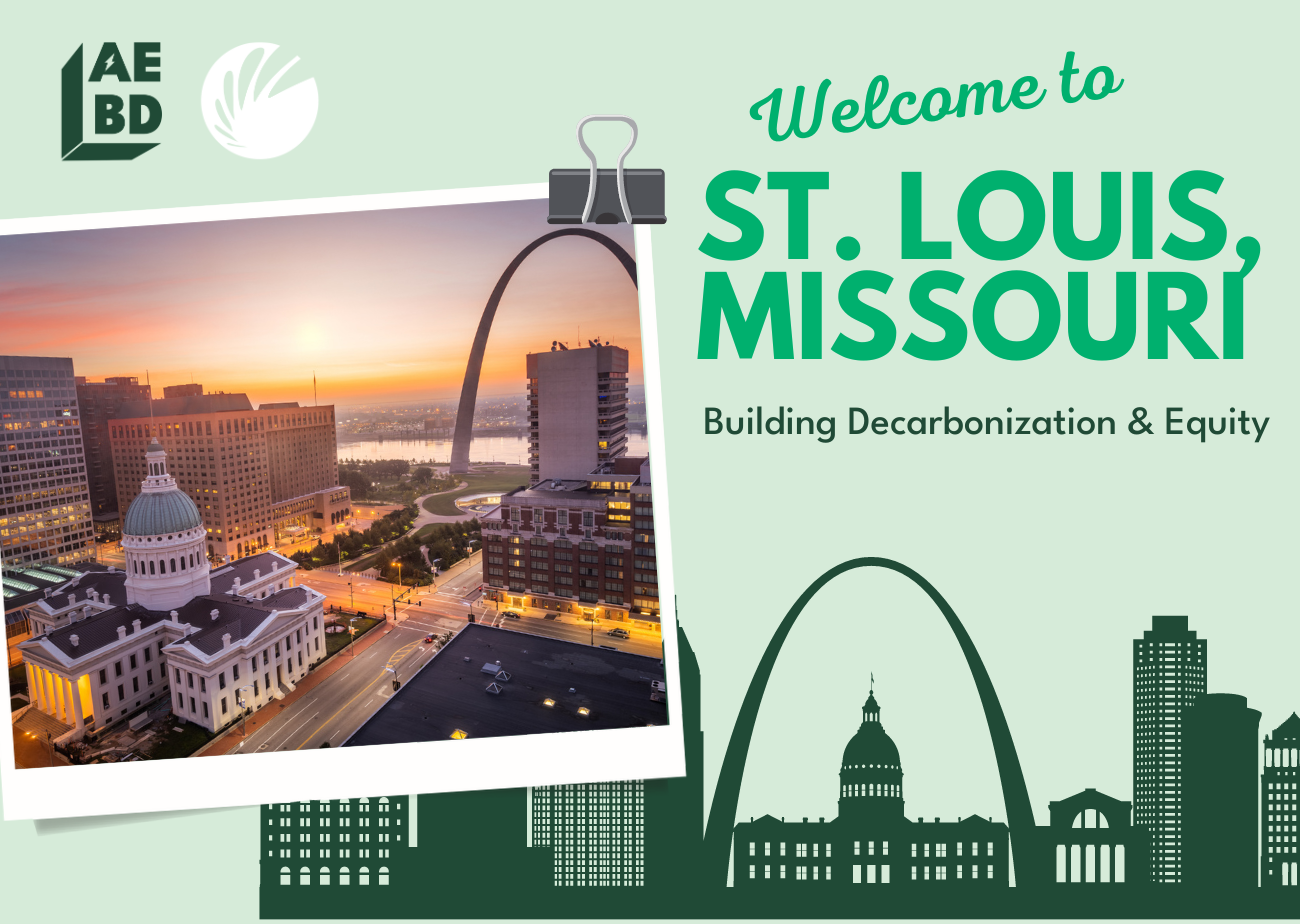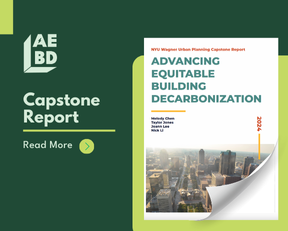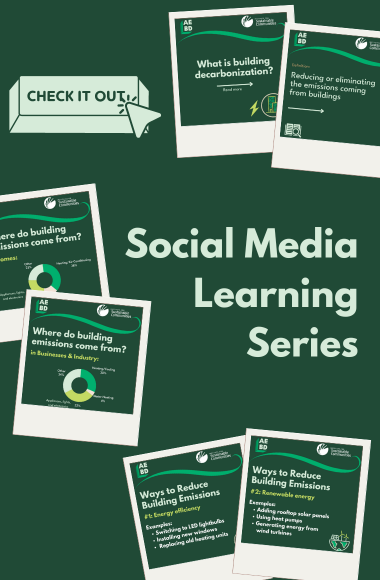Advancing Equitable Building Decarbonization (AEBD)
In Buildings Owned by People of Color
Climate change is changing everything and in communities of color it is further exacerbating inequities resulting from systemic and institutional racism. With change at this scale, there are also opportunities to work toward a more just future through a just transition from extractive economies. Equitable building decarbonization provides opportunities to improve health, economic opportunity, and housing opportunities for Black and brown communities.
The Advancing Equitable Building Decarbonization (AEBD) project focuses on growing community capacity to implement equitable building decarbonization in communities of color. This project will convene leadership alliances in Oakland,CA, St. Louis, MO and Philadelphia, PA to implement demonstration projects and develop replicable products for directing resources toward Black and brown building owners. Learn more about AEBD and project participants.
“Equitable building decarbonization is critical to ensuring that communities impacted by energy injustice and insecurity will benefit from energy efficient buildings, lower energy costs and cleaner air to breathe. AEBD centers community voices and expertise in decarbonization efforts and prioritizes communities of color designing and optimizing benefits of energy efficiency and climate justice efforts.”
Objectives
The places where we live, work, and play are key to addressing what our future with increased climate impacts look like. This means adapting our buildings to more extreme temperatures, poorer air quality, and most importantly, the thriving future that we would like to see.
Through this work, it is our goal to work with Black and brown building owners to identify what the community’s key needs are as it relates to their building. From there, we work with the building owners to address the need through the lens of creating a climate solution as well.
For example, a community resilience hub may bring up that individuals who live around the building feel unsafe at night and that having brighter lights would help people feel safer. We can address this need and incorporate a strategy to reduce energy costs and greenhouse gas emissions by utilizing LEDs and upgrading exterior lighting.
